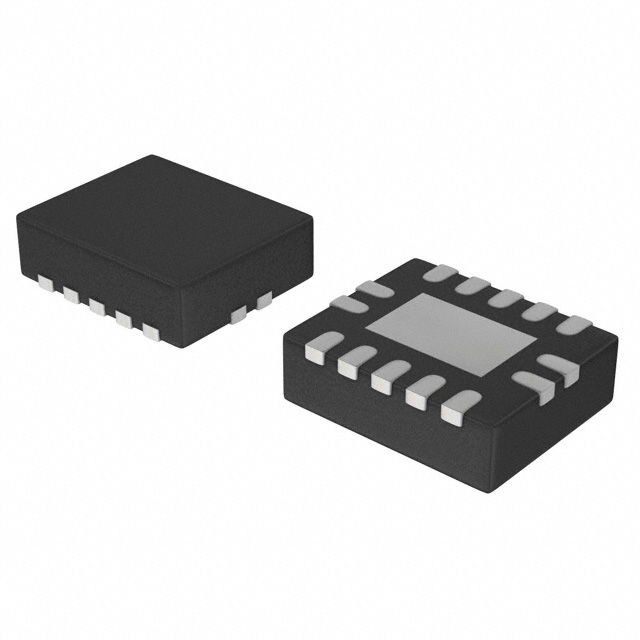74LV123: Features: • Optimized for Low Voltage applications: 1.0 to 5.5V• Accepts TTL input levels between VCC = 2.7V and VCC = 3.6V• Typical VOLP (output ground bounce) 0.8V @ VCC = 3.3V,...
floor Price/Ceiling Price
- Part Number:
- 74LV123
- Supply Ability:
- 5000
Price Break
- Qty
- 1~5000
- Unit Price
- Negotiable
- Processing time
- 15 Days
SeekIC Buyer Protection PLUS - newly updated for 2013!
- Escrow Protection.
- Guaranteed refunds.
- Secure payments.
- Learn more >>
Month Sales
268 Transactions
Payment Methods
All payment methods are secure and covered by SeekIC Buyer Protection PLUS.

 74LV123 Data Sheet
74LV123 Data Sheet








